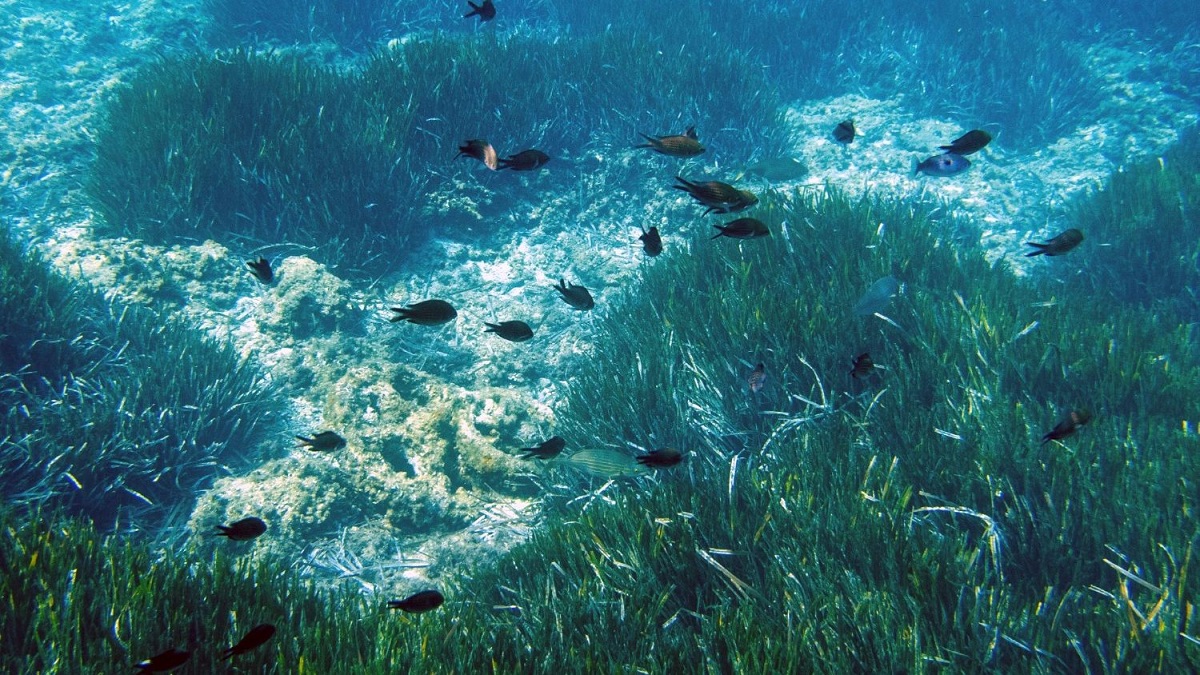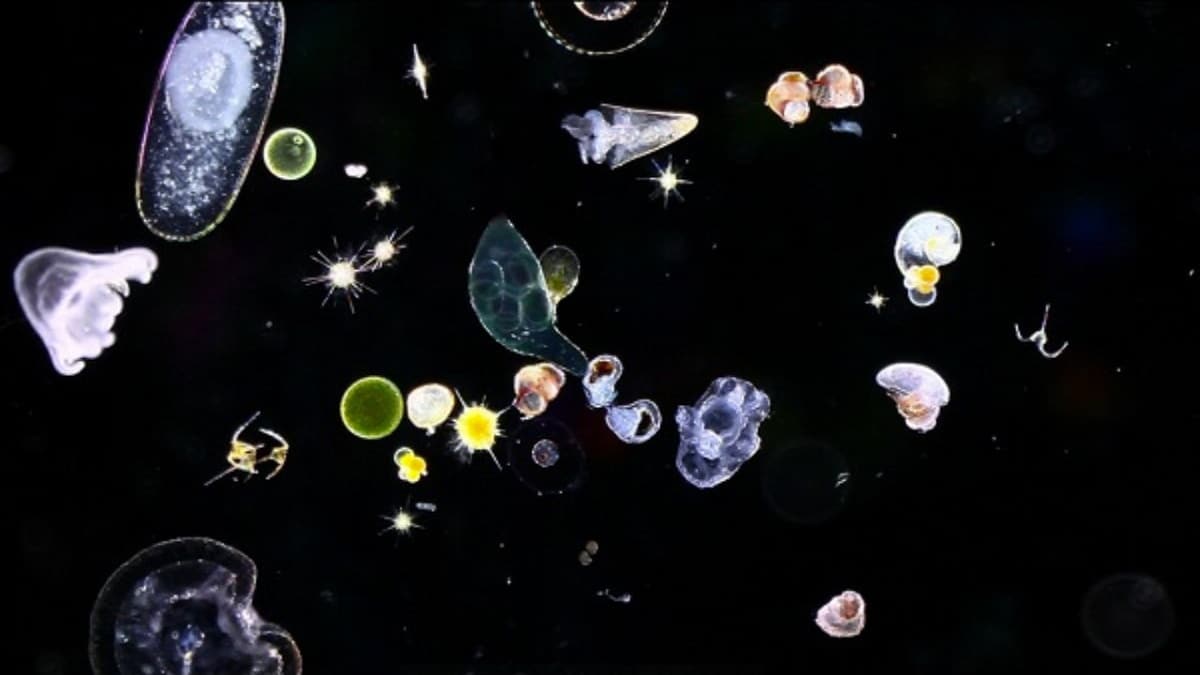
The link in the marine food chain begins with microscopic beings known as plankton. It is the beginning of the trophic chain based on very small organisms that carry out photosynthesis and serve as the food base for many marine living beings. This plankton is of great importance for the development of ecosystems and marine life.
Therefore, we are going to dedicate this article to tell you what plankton is, how important it is, and its main characteristics.
What is plankton

Plankton is a group of organisms that float through the movements of ocean currents. The word plankton means wanderer or vagabond. This set of organisms is very numerous, it is diverse and has a habitat for both fresh waters and marine waters. In some places they can reach concentrations of up to trillions of individuals and will increase in the seas that are colder. In some lentic systems such as lakes, ponds or containers in which the waters are at rest, we can also find plankton.
There are different types of plankton according to their diet and types of shape. We are going to divide between them:
- Phytoplankton: It is a type of plankton of a vegetable nature that has an activity very similar to plants since they obtain energy and organic matter by carrying out photosynthesis. It is capable of living in the photic layer of water, that is, the part of the sea or water where it receives direct sunlight. It can exist down to depths of about 200 meters where the amount of sunlight is getting lower and lower. This phytoplankton is composed mainly of cyanobacteria, diatoms, and dinoflagellates.
- Zooplankton: It is a plankton of an animal nature that feeds on phytoplankton and other organisms existing in the same group. It is composed mainly of crustaceans, jellyfish, fish larvae and other smaller organisms. These organisms can be differentiated depending on the time of life. There are some organisms that are part of plankton throughout its life and are called holoplankton. On the other hand, those that are only part of zooplankton during a period of time in their life (usually when it is their larval stage) are known by the name of meroplankton.
- Bacterioplankton: It is that type of plankton formed by communities of bacteria. Their main function is to decompose detritus and they play an important role in the biogeochemical cycles of some elements such as carbon, nitrogen, oxygen and phosphorus. It also ingests in the trophic chains.
- Virioplankton: it is all those aquatic viruses. They are mainly composed of bacteriophage viruses and some eukaryotic algae. Its main function is to remineralize nutrients in biogeochemical cycles and form part of the trophic chain.
Characteristics of microorganisms

Most organisms in plankton are microscopic in size. This makes it impossible to see with the naked eye. The average size of these organisms ranges between 60 microns and mm. The different types of plankton that can exist in a water are the following:
- Ultraplankton: they are about 5 microns in size. They are the smallest microorganisms that include bacteria and small flagellates. The flagellate are those organisms that have flagella.
- Nanoplankton: They are approximately 5 to 60 mitres in size and are made up of unicellular microalgae such as small diatoms and coccolithophores.
- Microplankton: They have a larger size reaching between 60 microns and 1 millimeter. Here we find some unicellular microalgae, mollusk larvae and copepods.
- Mesoplankton: this size of organisms and can be seen by the human eye. It is between 1 and 5 mm in size and is made up of fish larvae.
- Macroplankton: it is between 5 millimeters and 10 centimeters in size. Sargasso, salps and jellyfish come in here.
- Megaloplankton: are those organisms larger than 10 centimeters in size. Here we have the jellyfish.
All the organisms present in the plankton have different body shapes and respond to the needs of the environment in which they live. One of these bodily needs is the buoyancy or viscosity of the water. For them, the marine environment is viscous and causes them to need to overcome a resistance in order to move in the water.
There are numerous strategies and adaptations that have promoted floating water to increase the likelihood of survival. Increase body surface area, incorporate fat droplets into the cytoplasm, shed armor, molts and other structures they are different strategies and adaptations to be able to survive to different marine and freshwater environments. There are other organisms
That they have a good swimming capacity and it is thanks to the flagella and other locomotor appendages such as the copepods. The viscosity of water changes with temperature. Although we do not show ourselves with the naked eye, microscopic organisms do notice it. In warmer water areas the viscosity of the water is lower. This affects the buoyancy of the individuals. For this reason, diatoms have developed cyclomorphosis, which is an ability to develop different body shapes both in summer and winter to adapt to the viscosity of water as a function of temperature.
Importance of plankton

It is always said that plankton is an important element in any marine habitat. Its importance lies in the food chain. It is about the community of organisms where the trophic networks between producers, consumers and decomposers are established. Phytoplankton is capable of transforming solar energy into energy available to both consumers and decomposers.
Phytoplankton are consumed by zooplankton and, in turn, by carnivores and omnivores. These are predators of other organisms and the decomposers take advantage of the carrion. This is how the entire food chain arises in aquatic habitats. Being the first link in this entire chain, plankton becomes the most important element of all marine life.
I hope that with this information you can learn more about plankton and its importance in marine ecosystems.